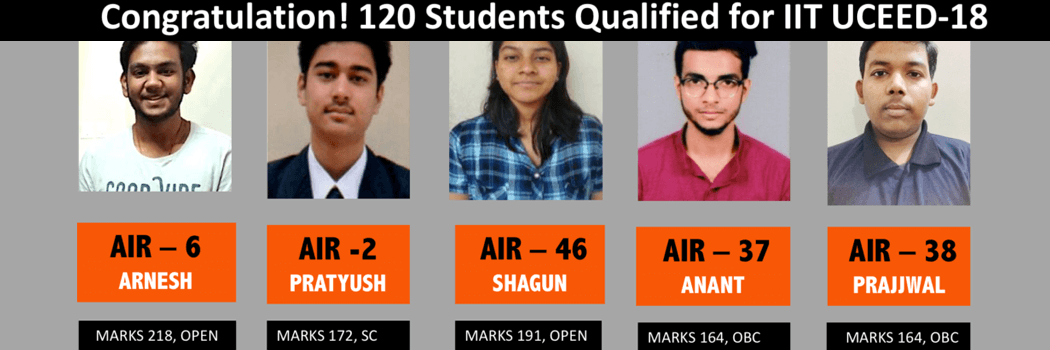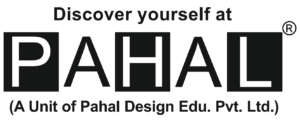UCEED Coaching Program

JOIN 15 DAYS/ 25 DAYS / 30 DAYS UCEED CRASH COURSE BATCH STARTING FROM 2nd Dec ONWARDS.
(10 students Per Batch only)
Crash Course at South Delhi Centre
| Crash Course Duration | Days per week | Batch Timing | Centres |
| 20 days (40 Hours) | 5 Days | 10AM-1PM | South Delhi |
| 30 days (70 Hours) | 5 Days | 2PM-5PM | South Delhi |
| 15 days (30 Hours) | 6 Days | 2PM-5PM | South Delhi |
| 10 days (25 Hours) | 6 Days | 2PM-5PM | South Delhi |
Crash Course at East Delhi Centre
| Crash Course Duration | Days per week | Batch Timing | Centres |
| 20 days (40 Hours) | 5 Days | 1PM-4PM | East Delhi |
| 30 days (70 Hours) | 5 Days | 2PM – 5PM | East Delhi |
| 15 days (30 Hours) | 6 Days | 2PM – 5PM | East Delhi |
| 10 days (25 Hours) | 6 Days | 2PM – 5PM | East Delhi |
Crash Course at Bhopal Centre
| Crash Course Duration | Days per week | Batch Timing | Centres |
| 15 days (40 Hours) | 5 Days | 1PM-4PM | Bhopal |
| 30 days (70 Hours) | 5 Days | 2PM – 5PM | Bhopal |
Crash Course at Lucknow Centre
| Crash Course Duration | Days per week | Batch Timing | Centres |
| 15 days (40 Hours) | 5 Days | 1PM-4PM | Lucknow |
| 30 days (70 Hours) | 5 Days | 2PM – 5PM | Lucknow |
Crash Course at Patna Centre
| Crash Course Duration | Days per week | Batch Timing | Centres |
| 15 days (40 Hours) | 5 Days | 10AM-1PM | Patna |
| 30 days (70 Hours) | 5 Days | 2PM-5PM | Patna |
Crash Course at Pune Centre
| Crash Course Duration | Days per week | Batch Timing | Centres |
| 15 days (40 Hours) | 5 Days | 10AM-1PM | Pune |
| 30 days (70 Hours) | 5 Days | 2PM-5PM | Pune |
Crash Course at Dehradun Centre
| Crash Course Duration | Days per week | Batch Timing | Centres |
| 15 days (40 Hours) | 5 Days | 10AM-1PM | Dehradun |
| 30 days (70 Hours) | 5 Days | 2PM-5PM | Dehradun |
Crash Course at Bangalore Centre
| Crash Course Duration | Days per week | Batch Timing | Centres |
| 15 days (40 Hours) | 5 Days | 10AM-1PM | Bangalore |
| 30 days (70 Hours) | 5 Days | 2PM-5PM | Bangalore |
SYLLABI – The exam will have questions from the following six topics:
- Visualization and spatial ability:- Pictorial and diagrammatic questions to test: understanding of transformation and/or manipulation of 2D shapes and 3D objects and their spatial relationships; knowledge of practical and everyday mechanical and scientific concepts.
- Observation and design sensitivity:- Ability to detect concealed properties in ordinary things, people, situations, and events, and thinking critically about them. Applying attention to certain details, analysing, reasoning, classifying, inferring and predicting. Ability to discern subtle differences in visual properties and aesthetic outcomes.
- Environmental and social awareness:- General awareness of environmental factors such as climate, population, water, vegetation, pollution, weather, natural resources etc., and their implications on the design of products, images, infrastructure and environment. Awareness of social and cultural connection with design, history of the designed artefact, and socially responsible and environmentally sustainable design responses. History of art, sculpture and literature.
- Analytical and logical reasoning:- Ability to look at information, be it qualitative or quantitative in nature, and discern patterns within the information. Ability to weigh opinions, arguments or solutions against appropriate criteria. Ability to check for hidden bias or hidden assumptions and whether evidence and argument support conclusions. Ability to use logic and structured thinking to deduce from a short passage, which of a number of statements is the most accurate response to a posed question. Data Interpretation, brainteasers, and patterns.
- Language and creativity:- Ability to understand and use Standard English. Reading comprehension, knowledge of English grammar such as sentence structure and usage, the use of tenses, verb patterns, articles, and active and passive constructions etc., and vocabulary skills. Ability to think creatively in terms of alternatives, ability to distinguish innovative options and think out of the box.
- Design thinking and problem solving:- Ability to use visual analogies, metaphors, signs and symbols. Ability to understand complexity, identify problem, generate alternatives, evaluate options and select solutions.













